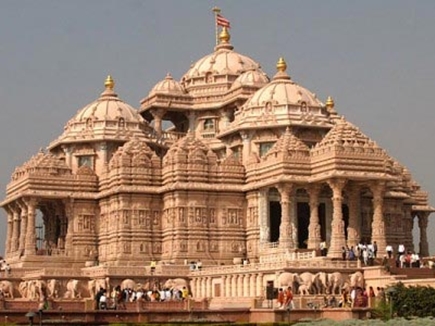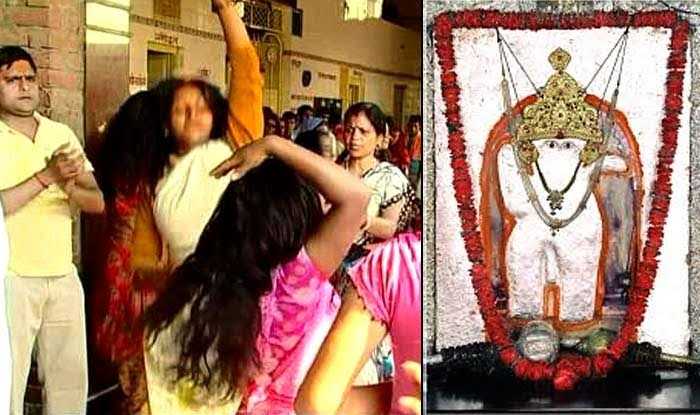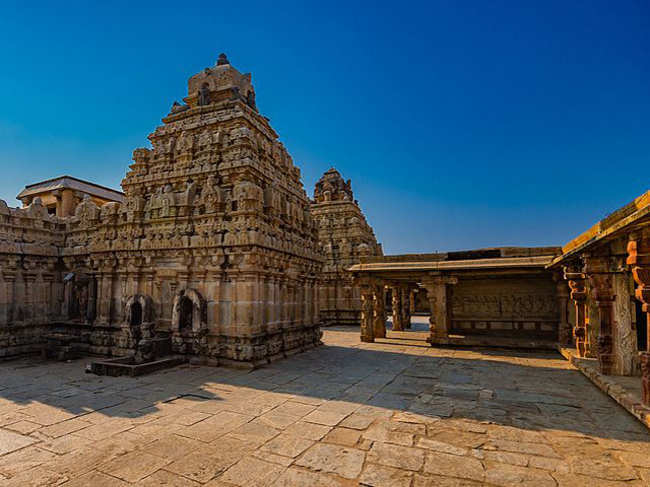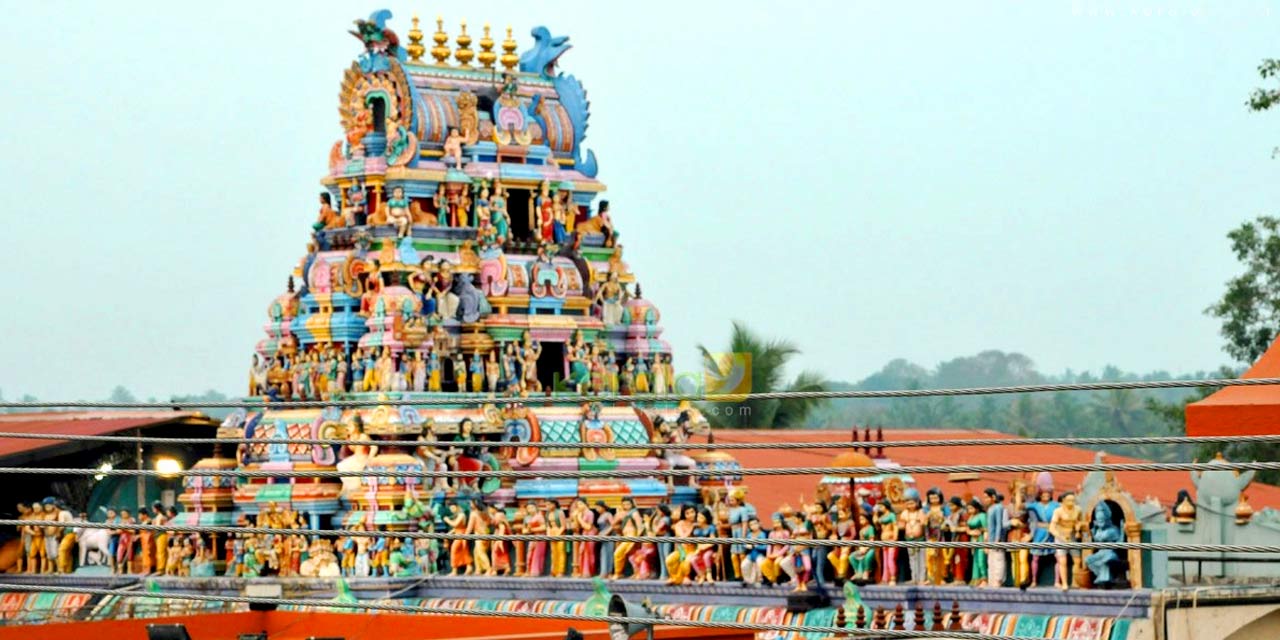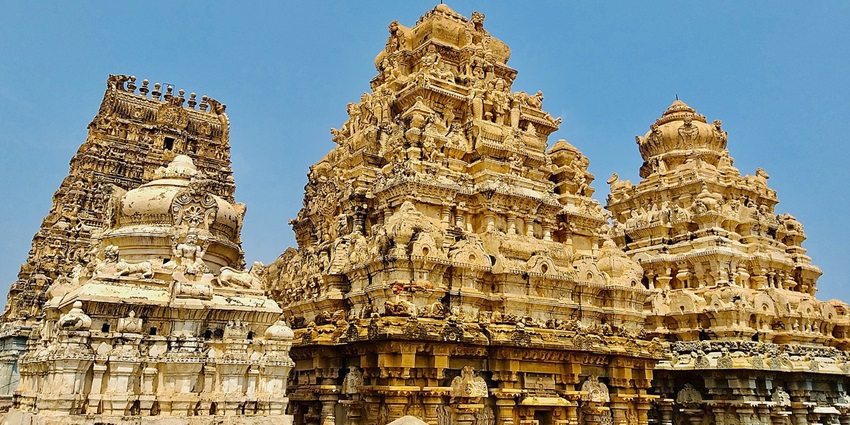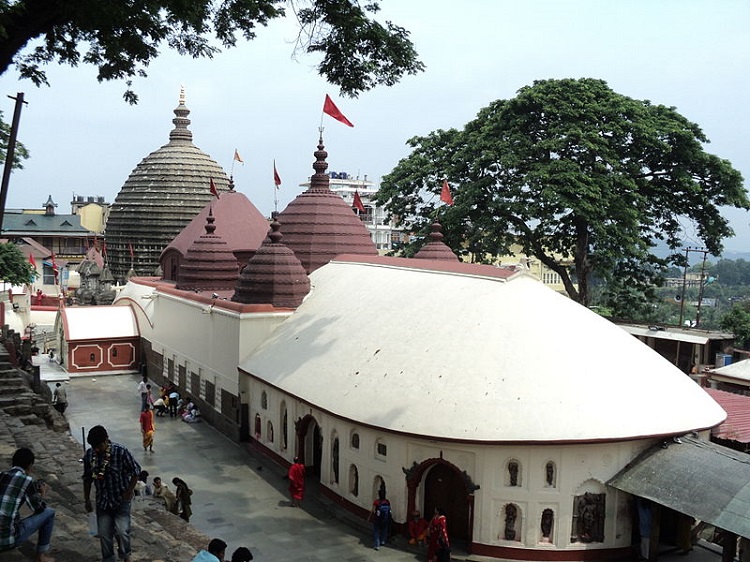
Kamakhya Temple Mystery
Nestled on the scenic Nilachal Hills in Guwahati, Assam, the Kamakhya Temple has a captivating history steeped in legend. According to ancient tales, after the union of Mother Sati and Lord Shiva, a rift emerged. Sati’s father, King Daksha, harbored resentment towards Lord Shiva. In a deliberate act of snubbing, Daksha organized a grand yajna, pointedly excluding Lord Shiva.
Undeterred, Sati attended the yajna, only to face further humiliation from her father. Overwhelmed by the disrespect towards her husband, Lord Shiva, Sati tragically sacrificed herself in the sacred fire. Learning of this, Lord Shiva was consumed by grief. His wrathful dance, known as Tandava, threatened to unleash chaos upon the world. To avert disaster, Lord Vishnu intervened, using his divine Sudarshan chakra to disperse Sati’s remains into 51 parts.
These scattered remnants became revered as Shakti Peeths. It is believed that the sacred spot where the Kamakhya Temple now stands is where Sati’s Yoni (genital organ) found its resting place.
The Kamakhya Temple’s religious significance is underscored by the Kalika Purana, an ancient scripture. It extols the fulfillment of desires through worship at Kamakhya. However, the temple faced trials, with the original Tantric temple razed during the 12 BC invasion of Nilachal Mountain, followed by the destruction of its successor during a Muslim incursion.
In Assam, the worship of goddess Kamakhya blends Aryan and non-Aryan influences, reflecting a rich cultural fusion. Additionally, the Yogini Tantra suggests a connection between Kamakhya’s faith and the Kirat religion, with traces of similar practices observed among the Garo people.
A particularly intriguing aspect is the association of the Kamakhya Temple with the “Bleeding Goddess.” Legend has it that the divine womb of Mother Shakti resides in the ‘Garvagriha’ of the temple. During June, it is believed that the goddess undergoes a symbolic menstruation, mirrored by the Brahmaputra river turning red during Ambubachi.
While some speculate that priests introduce vermilion and other substances into the river, the veracity of this remains unconfirmed. The temple venerates the potency of ‘Shakti’ in every woman, symbolizing menstruation as the epitome of feminine strength and the power to give life.
Intrigued? Discover more mysteries of Kamakhya Temple by engaging with our blog. Feel free to share your insights or provide additional information, contributing to our collective understanding of this sacred site.
Frequently Asked Questions:
Q1. What sets the Kamakhya Temple apart?
A1. Kamakhya Temple distinguishes itself by not housing any image or idol of the goddess. Instead, a sculpture believed to represent Mother Sati’s genital organ is revered within the temple’s precincts.
Q2. Which is the famous festival of Kamakhya Temple?
A2. The celebrated festival at Kamakhya Temple is Ambubachi, drawing thousands of devotees who gather to commemorate the menstruation of goddess Kamakhya.
Q3. Where is Kamakhya temple located?
A3. The Kamakhya Devi temple is perched on Nilachal Hills, Kamakhya, Guwahati, Assam, 781010, India. For further details, you can contact the Postmaster at Post Office KAMAKHYA (SUB OFFICE), GUWAHATI, KAMAKHYA TEMPLE MAIN RD, KAMRUP, ASSAM, India (IN), Pin Code:- 781010.
Q4. How can one reach Kamakhya Temple?
A4. Accessing Kamakhya Temple is facilitated by Gopinath Bordoloi International Airport, the nearest air terminal. Alternatively, one can opt for railway travel, book a cab, or embark on a bus journey to reach the temple.
